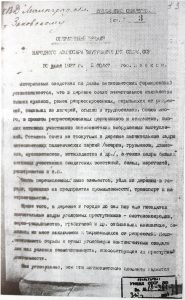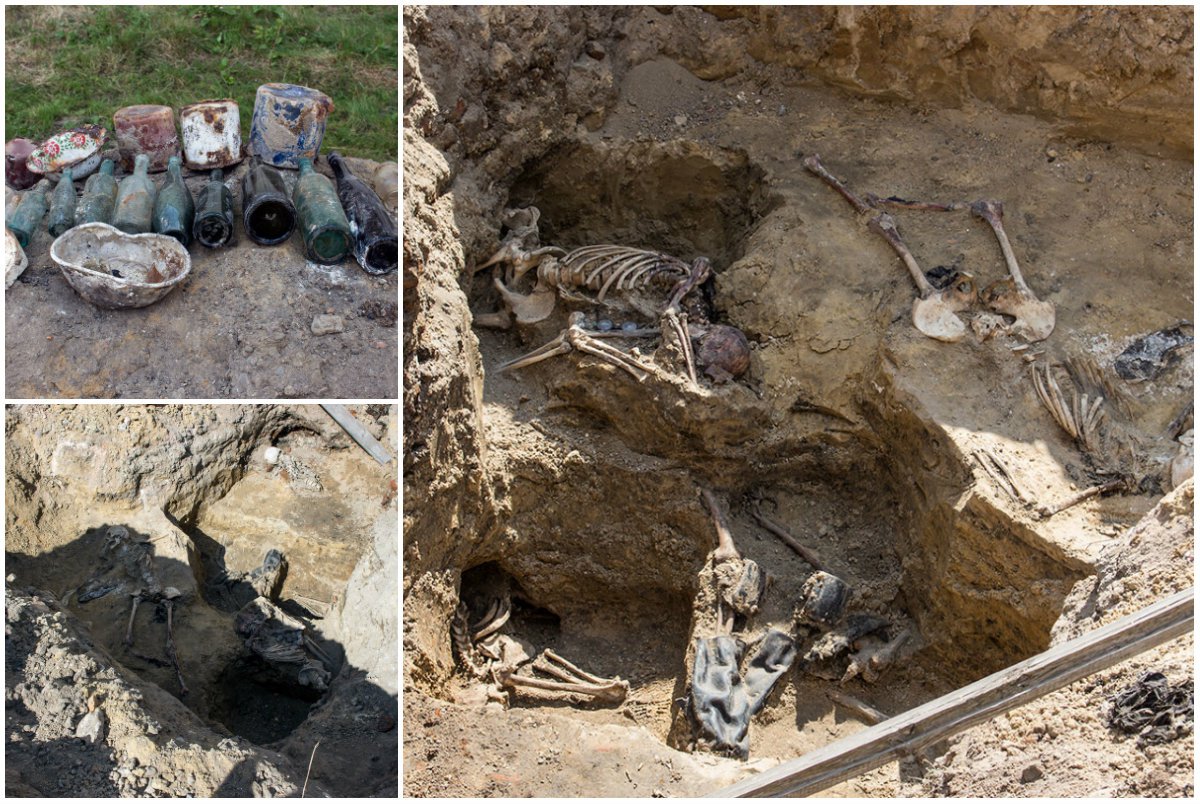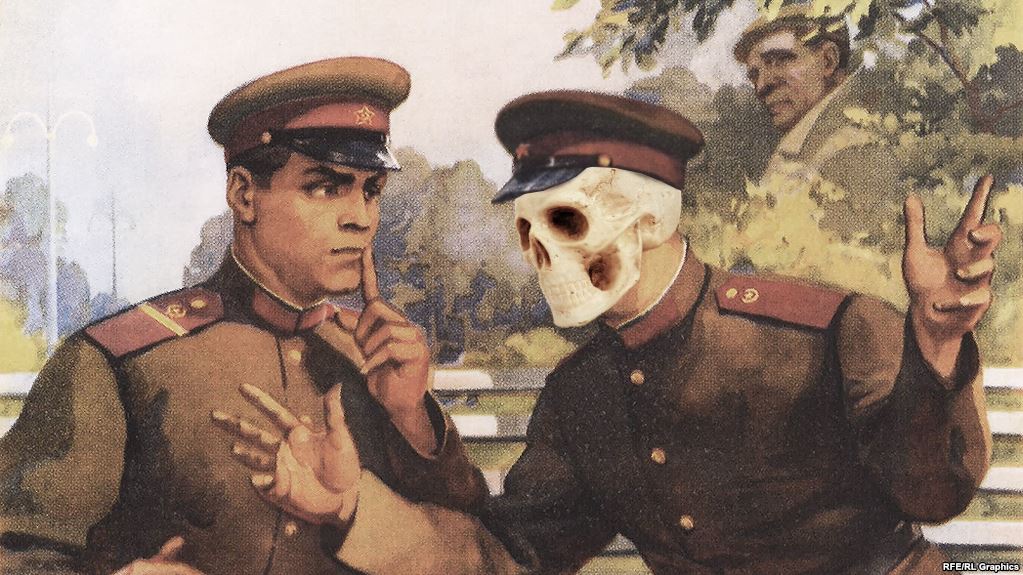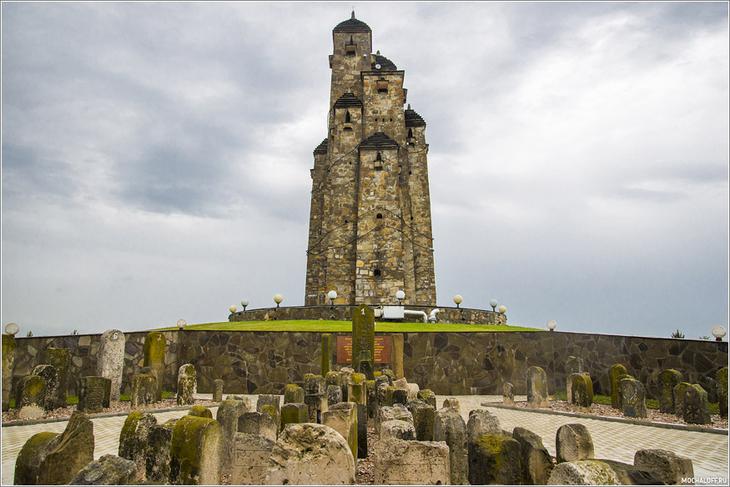The Great Terror/Purge was one of the worst and largest mass crimes carried out by the Stalinist regime against the population. In 1992, the discovery in the Soviet archives of the NKVD’s secret operational Order No.00447
of July 30, 1937, drastically changed the world’s perception of Stalin’s Great Terror.
Read also: Austrian engineer captures the horror of the Holodomor in 1932-33
Holodomor, genocide, Russia: the great Ukrainian challenge
On July 2, 1937, Stalin personally composed and signed Resolution P51/94 “On Anti-Soviet Elements” of the Central Committee of the CPSU(b), thus initiating the Great Purge. The document was aimed at arresting and liquidating the “kulaks
” (affluent peasants). Within five day, the Central Committee should be provided with a report on the formation of troikas (special NKVD committees) and the number of people to be arrested, executed, and sentenced to forced-labour camps.
Resolution P51/94 triggered NKVD Order No.00447 of August 5, 1937 “(“On repression of former kulaks, criminals, and other anti-soviet elements”). It was undersigned by Nikolai Yezhov, head of the NKVD from 1936 to 1938, during the height of the Great Purge.

From that date on, NKVD troikas set out to massively “cleanse” society of anti-soviet elements, which included so-called “kulaks, spies, saboteurs, counter-revolutionaries, fascist agents, the clergy, bourgeois nationalists, etc”. These groups were labeled as counter-productive and not suitable for building communism.
Anti-soviet elements also included educated and active people, and first and foremost, members of the Ukrainian intelligentsia, which, according to Stalin, “did not deserve to be trusted”. The repression spread to all regions and all classes of society, from top party officials to simple farmers.
Thus, the document of the Central Committee of the CPSU(b) proposed the formation of extrajudicial bodies called troikas,
which were made up of three officials who issued sentences to people after simplified, speedy investigations and without a public and fair trial. Order No.00447 then proceeded to establish, for every region and republic, round-number quotas of persons subject to “punitive measures” in the first and in the second category.
The outcome of such trials was often determined before they even began due to targeted numbers of citizens to be executed or imprisoned in prison camps.
“The lists were distributed to these special NKVD committees in each republic, region and district. People were classified into two categories: Category I-death by shooting, Category II-Gulag labour camp. Districts and regions reported that they were surpassing quotas… it became a real socialist competition (!). The special committees demanded an increase in quotas, especially for Category I, and requested “alternative plans”(!) People’s Commissar of Internal Affairs of the Ukrainian SSR Izrail Leplevsky appealed three times to Moscow to increase the quotas for the elimination of “enemies of the people”. He was executed in January 1938, and his successor, People’s Commissar Aleksandr Uspensky also requested an increase in quotas. Moscow satisfied both requests…” notes Vasyl Ovsiyenko, former political prisoner, member of the Ukrainian Helsinki Group and well-known public figure and writer.
In pursuance of Order No.00447 (commonly referred to as the “Kulak Operation”), “cleansing” operations continued in the Gulag concentration camps. In general, they lasted over 15 months and were officially terminated by a resolution of the Central Committee of the CPSU(b) on November 15, 1938. However, arrests and repressions continued…
According to former dissident Vasyl Ovsiyenko, “it is impossible to count the number of victims of repression, deportation and famine in Ukraine”. The American historian and Holodomor researcher James Mace defined this period of Ukraine's history as post-genocidal, stating that “Stalin’s sociological scorched earth policy maimed Ukraine to such an extent that it created a discontinuity in the normal development of the Ukrainian people…”.
As more and more information is unveiled, dozens of mass execution and mass burial places have been found during the past fifteen years (the “special shooting ranges” of Butovo near Moscow, Levachovo on the outskirsts of Leningrad, Bykivnia near Kyiv, Sandarmokh in Karelia, Vinnitsa in Ukraine, etc).

Read also: Ukrainians in Russia remember Ukraine's massacred elite
Remembering Soviet atrocities: Solovki and Sandarmokh





